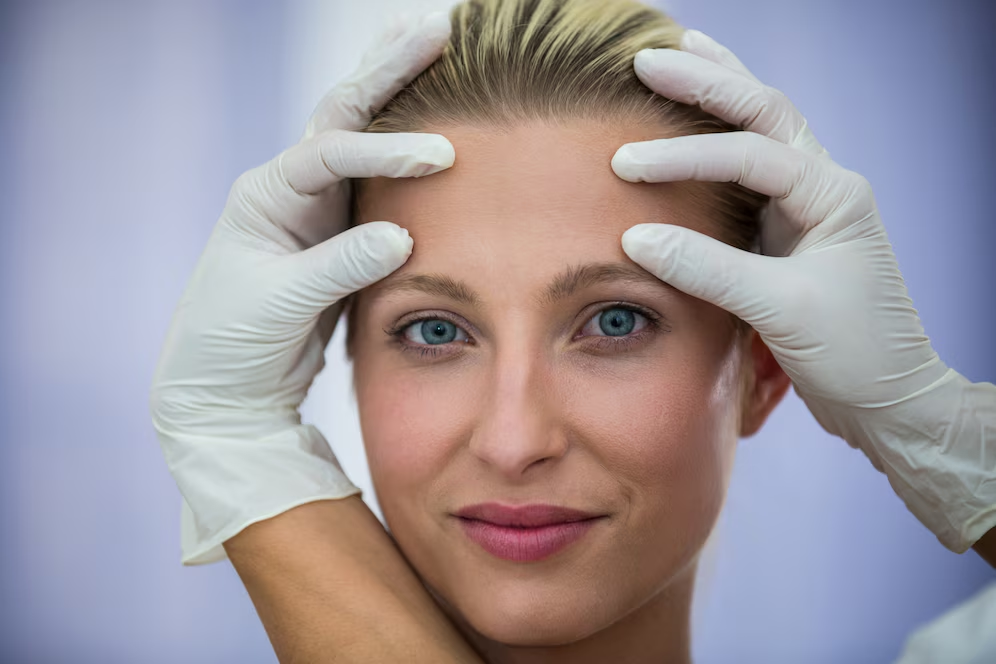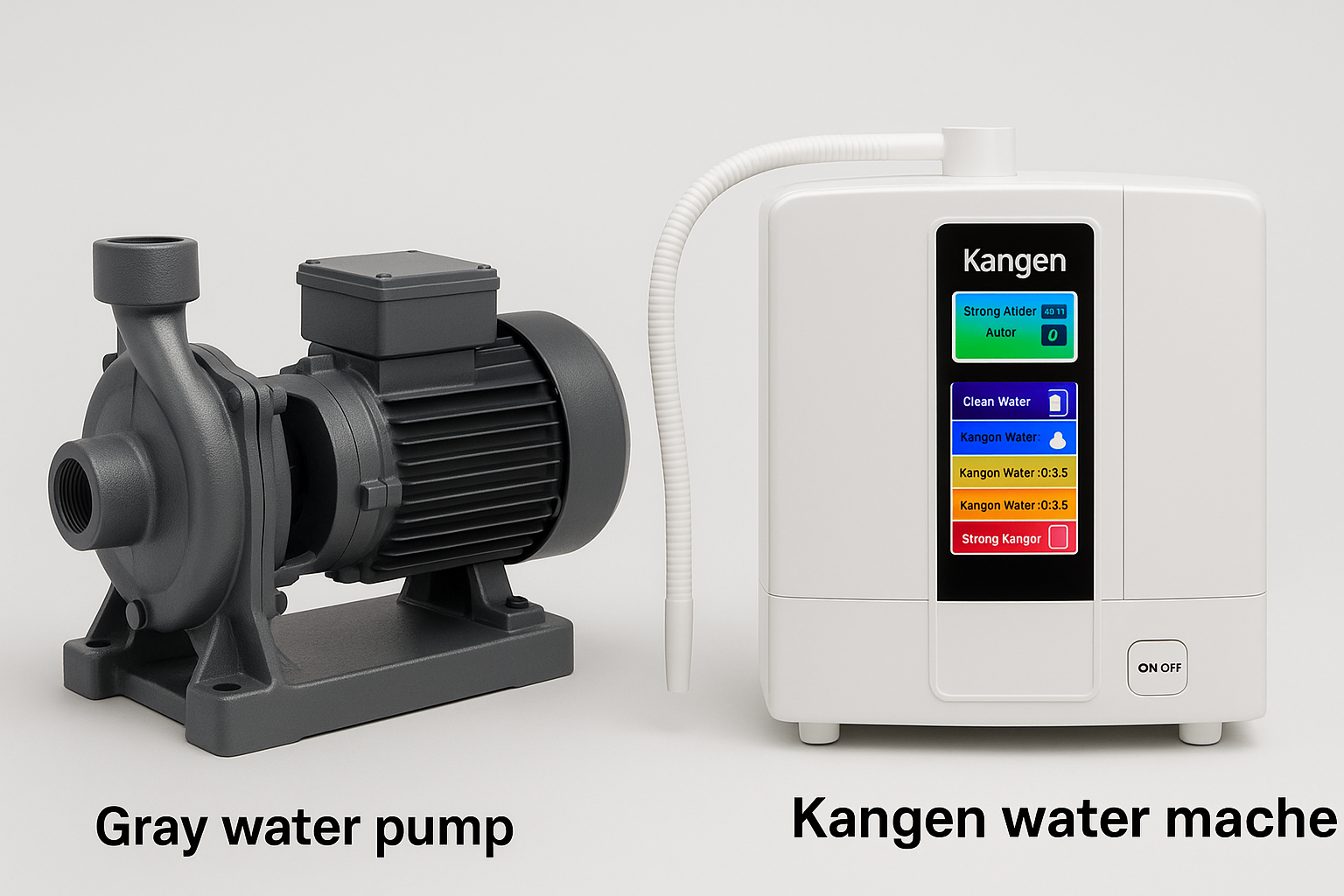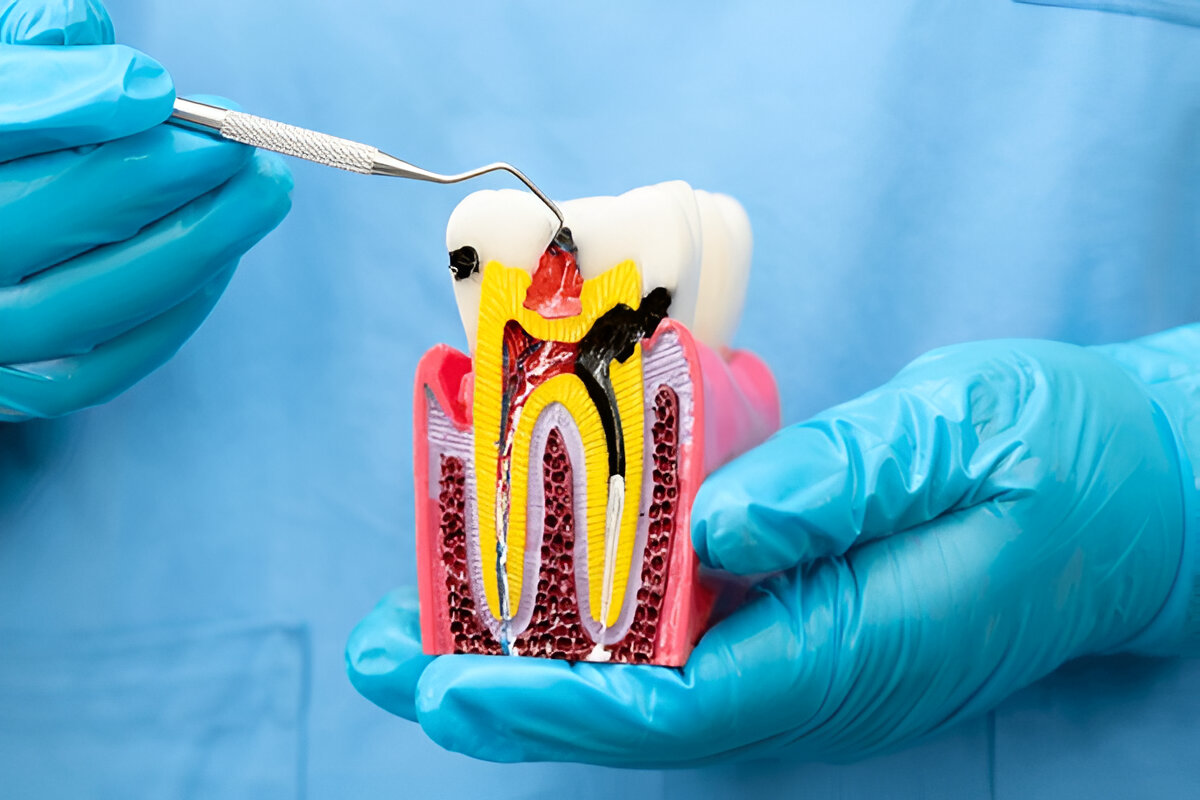Modern medicine is turning back to nature for answers—and one of its most powerful tools is something many people overlook: the amniotic membrane. Found in the placenta, this thin yet mighty tissue is rich in healing potential. Today, amniotic membrane products are being used across fields like wound care, ophthalmology, and surgery to support faster, safer recovery.
This blog explores how these products work, where they’re used, and why the dual layer membrane version is making waves in the medical community.
What Are Amniotic Membrane Products?
Amniotic membranes come from the innermost layer of the placenta, donated after a healthy childbirth. The tissue contains powerful components: collagen, growth factors, anti-inflammatory proteins, and natural antimicrobials. These biological features help reduce pain, control inflammation, and speed up tissue repair.
To make the most of these benefits, biotech companies process and preserve the membranes into usable forms—usually sheets, patches, powders, or even injectable solutions.
Why Doctors Use Them
Amniotic membrane products are not experimental—they’re FDA-regulated and widely used. Let’s break down where they’re helping the most.
1. Wound Care
Chronic wounds like diabetic foot ulcers and pressure sores are notoriously hard to treat. Amniotic membranes act as a biological bandage. They cover the wound, keep bacteria out, and signal the body to start rebuilding tissue.
Some membranes even come pre-hydrated or layered for longer-lasting protection. The result? Faster healing, less scarring, and fewer infections.
2. Eye Surgery and Surface Repair
Eye doctors use amniotic membrane products in surgeries and emergency care. The membrane covers damaged corneas, helps reattach tissue, and eases inflammation. Products like Prokera, a ring-like device holding amniotic tissue, are now common in ophthalmology.
3. Orthopedics and Sports Medicine
Amniotic membranes are also gaining popularity in musculoskeletal repair. Injectables derived from amniotic fluid or tissue are used to reduce joint inflammation, especially in cases where surgery is not ideal.
4. Gynecology and Urology
In pelvic surgeries, membranes help reduce scarring and adhesions. Their anti-inflammatory properties also help with pain and improve recovery time.
The Rise of the Dual Layer Membrane
While single-layer membranes are helpful, many clinicians are now turning to dual layer membrane products. Why? They combine the amnion and chorion layers, delivering a thicker, more robust material.
Here’s what makes dual layers stand out:
1. Greater Structural Integrity
The chorion adds strength and durability. That means dual-layer membranes are easier to handle during surgery and last longer in the body, offering extended protection.
2. More Biological Power
More layers = more healing compounds. These membranes contain higher concentrations of growth factors and cytokines that promote faster tissue regeneration.
3. Better Moisture Retention
Wound healing requires a moist environment. The dual layer membrane holds hydration better than thinner options, supporting better outcomes in chronic wound treatment.
4. Versatile Applications
From orthopedic procedures to oral surgery, dual-layer products adapt well to irregular surfaces and high-movement areas.
How They’re Made
Not all amniotic membrane products are created equal. Manufacturers follow strict protocols to preserve the membrane’s biological properties while ensuring it’s sterile and shelf-stable.
The two main forms include:
- Dehydrated Membranes: Lightweight and easy to store, these are often used in outpatient procedures.
- Cryopreserved Membranes: Stored in frozen form to retain living cells, ideal for cases needing high biological activity.
Dual-layer membranes often require more complex processing but are valued for their resilience and clinical effectiveness.
Notable Products on the Market
Acesso DL
Acesso DL is a dual layer membrane allograft used in wound care. It’s shelf-stable and known for its ease of handling and strong adherence to wound surfaces.
PalinGen® X-Membrane
Produced by Pinnacle Transplant Technologies, this dry dual-layer graft supports natural healing and is designed for surgical use. It offers both structural support and biological benefits.
AmnioExcel Plus
This membrane is commonly used in podiatry and orthopedics. Its design allows it to conform easily to the site of injury and helps reduce postoperative complications.
Benefits for Patients
Patients benefit in several ways from using amniotic membrane products:
- Faster Healing: Especially for chronic or slow-healing wounds
- Less Pain: Anti-inflammatory properties reduce post-op discomfort
- Lower Risk of Infection: Natural antimicrobials offer built-in protection
- Minimal Scarring: Membranes support organized tissue regrowth
For many, these membranes mean fewer follow-up procedures, lower medication use, and shorter recovery times.
Are There Any Drawbacks?
While safe and widely used, these products do come with a few considerations:
- Cost: Dual-layer options can be more expensive due to more intensive processing.
- Availability: Not all facilities carry high-end membranes or are trained in their use.
- Storage Requirements: Some products need refrigeration or special handling.
However, when the benefits outweigh the costs, especially for chronic or hard-to-heal conditions, these membranes can be a game-changer.
The Future of Regenerative Medicine
We’re only beginning to scratch the surface of what placental tissue can do. New research is exploring its use in spinal injuries, nerve regeneration, and even organ repair.
As biotech advances and processing becomes more efficient, expect amniotic membrane products—especially the dual layer membrane variety—to become standard tools in regenerative medicine.
Final Thoughts
In a world flooded with synthetic solutions, amniotic membrane products bring the power of natural healing back into focus. From eye care to wound care, these biologic tools are helping doctors treat patients more effectively and with fewer side effects.
The innovation behind dual layer membrane products adds strength, stability, and superior healing potential. As more clinicians adopt these technologies, the outcomes for patients only get better.
Whether you’re a healthcare provider or a patient exploring treatment options, it’s worth asking: Could natural healing be your next best step?














Leave a Reply